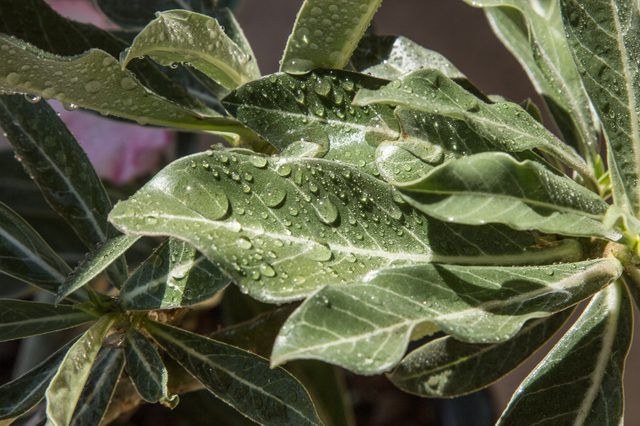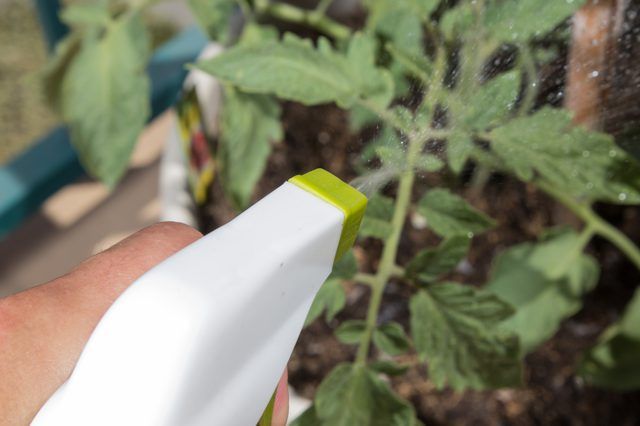Bulbs
Flower Basics
Flower Beds & Specialty Gardens
Flower Garden
Garden Furniture
Garden Gnomes
Garden Seeds
Garden Sheds
Garden Statues
Garden Tools & Supplies
Gardening Basics
Green & Organic
Groundcovers & Vines
Growing Annuals
Growing Basil
Growing Beans
Growing Berries
Growing Blueberries
Growing Cactus
Growing Corn
Growing Cotton
Growing Edibles
Growing Flowers
Growing Garlic
Growing Grapes
Growing Grass
Growing Herbs
Growing Jasmine
Growing Mint
Growing Mushrooms
Orchids
Growing Peanuts
Growing Perennials
Growing Plants
Growing Rosemary
Growing Roses
Growing Strawberries
Growing Sunflowers
Growing Thyme
Growing Tomatoes
Growing Tulips
Growing Vegetables
Herb Basics
Herb Garden
Indoor Growing
Landscaping Basics
Landscaping Patios
Landscaping Plants
Landscaping Shrubs
Landscaping Trees
Landscaping Walks & Pathways
Lawn Basics
Lawn Maintenance
Lawn Mowers
Lawn Ornaments
Lawn Planting
Lawn Tools
Outdoor Growing
Overall Landscape Planning
Pests, Weeds & Problems
Plant Basics
Rock Garden
Rose Garden
Shrubs
Soil
Specialty Gardens
Trees
Vegetable Garden
Yard Maintenance
Using Soap As a Sticking and Spreading Agent for Herbicides
Using Soap As a Sticking and Spreading Agent for Herbicides. Herbicides work by drying out the leaves of weeds. Unable to generate enough sunlight for food production, the plants die. The leaves of most plants are coated in a waxy material that protects them from diseases and insects, but that also causes herbicides to drip off. You can minimize...
Herbicides work by drying out the leaves of weeds. Unable to generate enough sunlight for food production, the plants die. The leaves of most plants are coated in a waxy material that protects them from diseases and insects, but that also causes herbicides to drip off. You can minimize this by mixing a surfactant, such as ordinary dish detergent, into the herbicide, which creates a bond between the product and the leaves.

While you can buy premixed herbicides in spray bottles, other types, such as concentrated liquids or powders, must be diluted or mixed with water and poured into a sprayer. In either case, add dish soap at a rate of 1 tablespoon per 1 gallon of liquid herbicide formula. Mix the dish soap in thoroughly before transferring the liquid to the sprayer and spray both sides of the leaves thoroughly on a dry, calm day when no rain is in the forecast.

Dish detergent mixes easily with liquid or powdered herbicides. It disperses evenly across the surfaces of leaves, breaking down their waxy coating and penetrating the pores. Purdue University Cooperative Extension Service suggests dish soap may dilute the effectiveness of the herbicide, and may combine with hard water to clog the sprayer.
